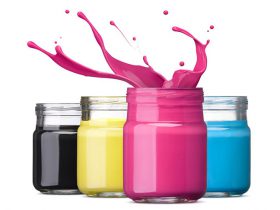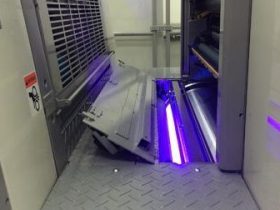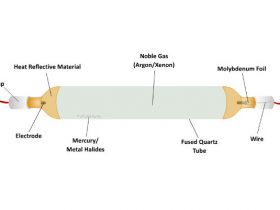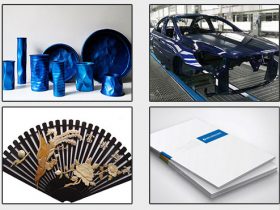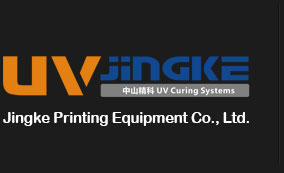For many years UV technology has been a reliable method for the curing of photo-reactive chemicals. In response to increasing production speeds and new applications, e.g. in the feld of 3D, UV lamp technology has also developed. Today, a great variety of different systems are available, each specifc to the particular application.
Users and providers of chemistry are constantly developing new applications for UV curing. Their innovative ideas often mean increasing demands on UV curing devices – where sometimes conventional UV technology has reached its technical limits. Thus, within the recent years, a completely new branch of UV technology has developed: UV LEDs.
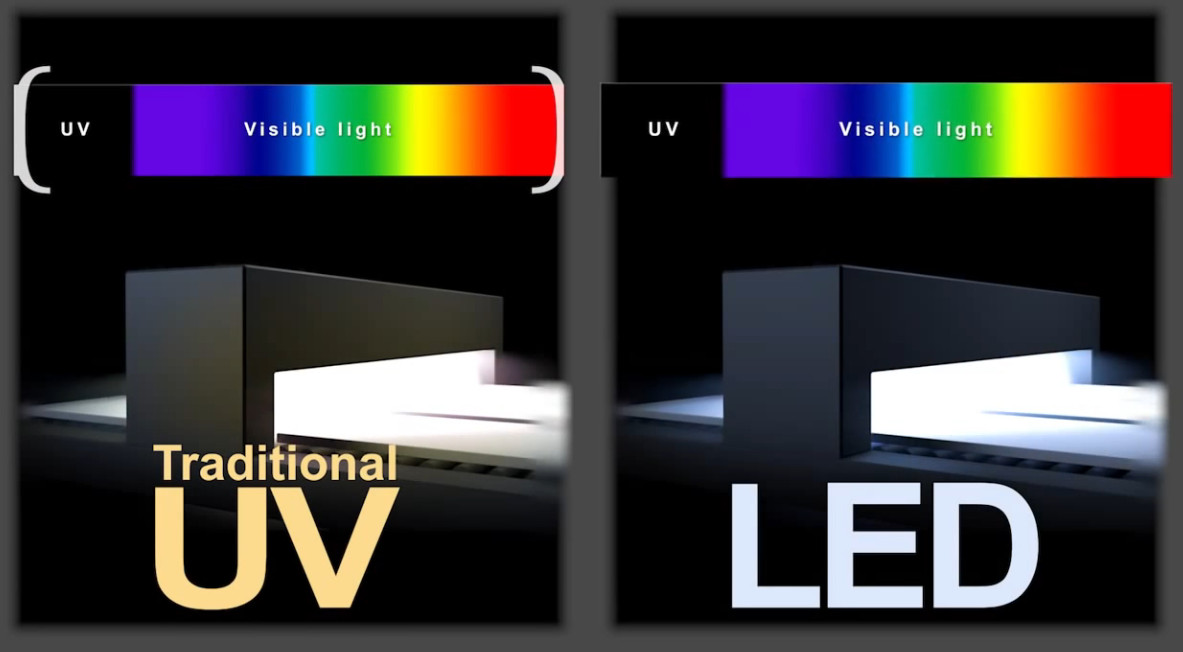
Medium-pressure Lamps
The operating technology of conventional UV lamps is based on plasma physics and optics, whereas UV LEDs are based on semiconductor technology and optics.
| wavelength [nm] | spectr 200 and 400 um between |
| ozone generation | yes |
| thermal radiation | yes |
| effectivity | ca. 30 % |
| required space | depends on application |
| operation | warm-up phase standby-mode (15-40%) shutter needed |
| cooling | air and/or water |
| typical lamp life | 1.000 - 5.000 h |
| maintenance | Easy control via UV measurement device. During maintenance only one irradiator needs to be exchanged for one lamp system. |
| purchase costs | low |
UV LED
A high-voltage arc between two electrodes leads to the vaporization of mercury and any optional doping within the lamp.A continuous UV spectrum between 200 nm and 450 nm is emitted.
LEDs are based on semiconductor technology. Specifc wavelengths are directly emitted by the current input. The spectrum is a quasi-monochromatic radiation in defned wavelengths, e.g. 365nm, 385nm or 405nm.
| wavelength [nm] | 365, 385, 395, 405 no short wavelengths |
| ozone generation | no |
| thermal radiation | no |
| effectivity | 15 - 40% |
| required space | low |
| operation | no warm-up phase instant switch-on and -off no shutter needed |
| cooling | water (rare: air) |
| typical lamp life | > 20.000 hours* |
| maintenance | Diffcult controlling of the particu lar dies. In case of a break-down, the complete module needs to be exchanged. |
| purchase costs | higher |
Compared to conventional UV irradiators, it’s clear that LEDs can offer many advantages in a variety of coating applications. However there are some restrictions, governing or preventing the use of LEDs. The benefts of LED curing should be carefully considered, case by case.
